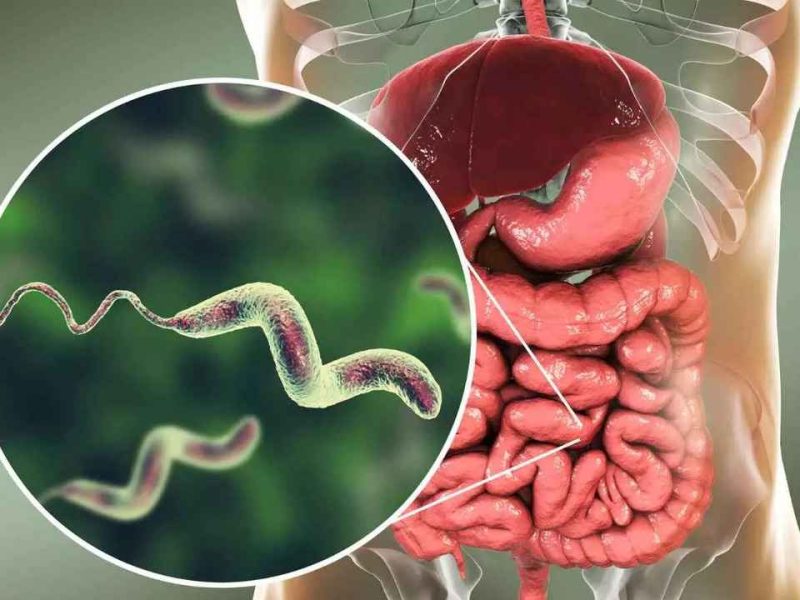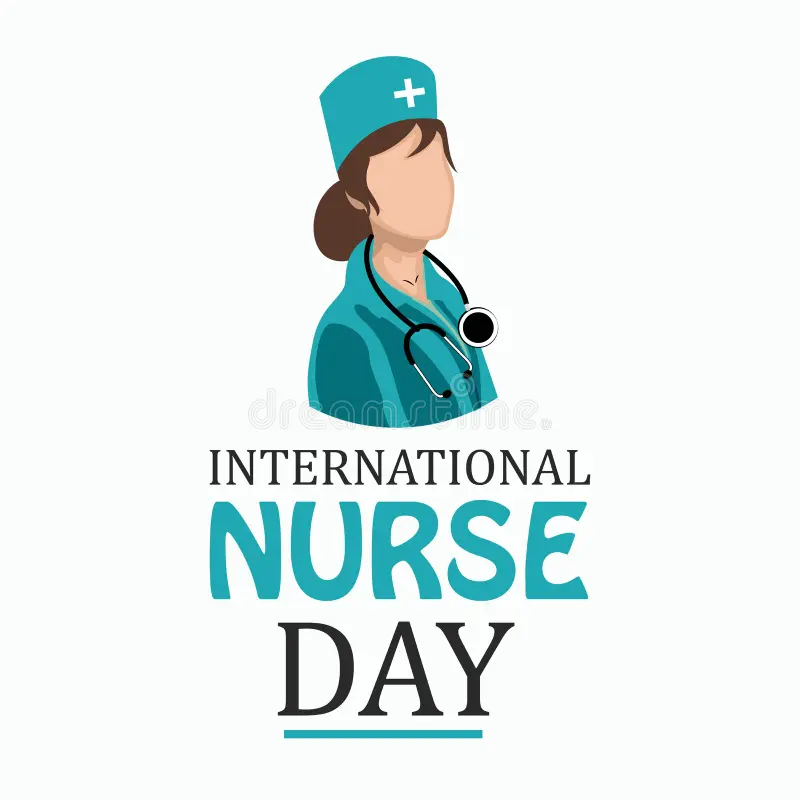Diarrhoeal Disease in India: Diarrhoeal diseases continue to pose a significant public health threat across India. According to the World Health Organization (WHO), diarrhoea ranks as the third leading cause of death among children under the age of five. Each year, India reports approximately 1.7 billion cases, driven largely by unsafe drinking water and poor sanitation conditions. Alarmingly, over 780 million people lack access to clean drinking water, while 2.5 billion people globally remain without adequate sanitation facilities.
Current Situation of Diarrhoeal Disease in India
India records one of the highest global rates of diarrhoeal illness. Among children under five, the average number of diarrhoea episodes ranges between 2 and 2.3 annually—a figure higher than that of many low- and middle-income countries. Rotavirus and E. coli are among the leading pathogens causing severe dehydration in children. Regions such as Uttar Pradesh and Bihar report the highest disease burden due to underdeveloped sanitation infrastructure and poor hygiene standards.
Identifying Symptoms and Treatment Strategies
Recognising early signs of dehydration can be lifesaving. Common symptoms include lethargy, excessive thirst, sunken eyes, and irritability. Caregivers are encouraged to act swiftly upon noticing these indicators. Oral Rehydration Solutions (ORS) are effective for managing mild diarrhoea at home. For more severe cases, hospitalisation and intravenous fluids may be required. Since rotavirus is viral, antibiotics are ineffective, making Oral Rehydration Therapy (ORT) the cornerstone of treatment. Although ORT can treat up to 90% of diarrhoeal cases, only 50–60% of affected children in India currently receive it.
Impact of Rotavirus Vaccination
India made a significant breakthrough in 2016 by introducing the rotavirus vaccine into the Universal Immunisation Programme. Since then, several regions with high vaccine coverage have seen a 40–50% reduction in rotavirus-related deaths. The immunisation schedule includes three doses at 6, 10, and 14 weeks of age, carefully timed to avoid interference from the oral polio vaccine. This initiative has greatly contributed to reducing hospital admissions and mortality linked to rotavirus.
The Role of Sanitation and Hygiene
Improving sanitation could prevent up to 60% of diarrhoeal deaths in India. Preventative measures such as handwashing with soap, safe food handling, and access to clean drinking water are essential. Contaminated food and water are the primary transmission routes for rotavirus and other diarrhoeal pathogens. The WHO stresses that investments in sanitation and hygiene infrastructure are as crucial as medical interventions. Encouragingly, post-vaccine rollout data show a notable decline in diarrhoeal cases, especially those attributed to rotavirus.
By integrating vaccination, early treatment, and improved hygiene practices, India can make significant strides in reducing the toll of diarrhoeal diseases—ultimately saving lives and improving the health of its youngest citizens.












